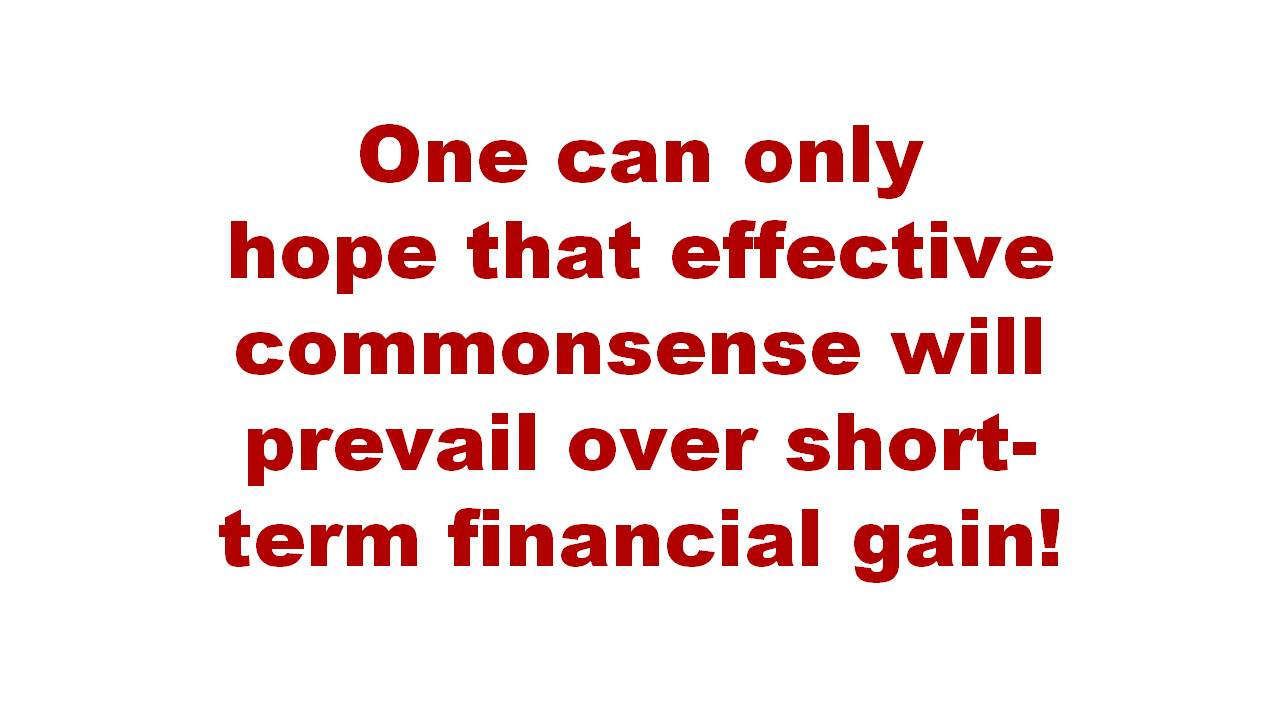by Peter A. Arthur-Smith
“It will improve products you already own.” Article ‘Honestly, Here’s The Best Use for AI,’ by Christopher Mims, Wall Street Journal, September, 2024.

There are two factors about AI (Artificial Intelligence) that are rapidly emerging: 1) It’s likely to become more of a product feature rather than a new product category. 2) AI’s other function, as driven by Wall Street and other exchanges, is also toward “Automation Infiltration” to support efficiency-think and bolster profits. Regrettably, we are often hoodwinked by the lure of efficiency-think because in reality it’s a preferred tool for squeezing out profits at the expense of so many things. What we should be focusing on instead is effectiveness-think, which encourages innovation, elegant solutions, quality outcomes, enduring results, and healthy, durable profits.
In dealing with the first item: Leaders are increasingly becoming more realistic about AI’s capabilities. It can augment existing computer and system capabilities rather than completely replace humans, as has been so often depicted historically by sci-fi movies. There are already many places where AI is becoming more commonplace, like generating invoices or meeting routine customer service requirements. The question is: How far will such applications grow-develop before there’s significant human push-back against over-reach of their purpose. Consider: there’s a clear return to button-pushing on our gizmos versus touch screens!
Construction appears to be one industry where there are major AI efforts underway to estimate new project costs, manage worker activity on-site, and detect construction plan issues to avoid errors and consequential re-building. However, as was experienced with architects and their use of CADCAM systems – an early form of AI – they became over-reliant on that technology and didn’t question the automated projected designs. Some undetected design flaws then caused major building failures. Hence many architects have returned to their prior habits of initial pencil drawings and estimates.
For these reasons and many others likely to be revealed in different industries or fields over time, the notion of AI augmenting rather than replacing human activities is more likely to be the norm…even though we are sometimes infatuated by the idea of a gizmo doing the thinking for us. It therefore remains for leaders and managers to be vigilant in the way we may rely on AI. More often than not people-leaders are more likely to build a healthy skepticism of AI because they have considerable respect for their team members; whereas conventional managers, with their penchant for automation and rational systems, are more likely to be “caught napping” around AI when it bites their tails.
When it comes to the #2 item: The same Mim’s article made the point about a major construction company salivating over… “Software could over time reduce its human workforce of invoice processors by about 300 people.” While a valid thought, it’s worth examining the potential consequences.
In the US, a major east coast port strike has just been averted – for now – until January 15th, 2025. Apart from the usual wage increase demands, another significant factor up for negotiation is the demand to shut down automation. Around two years ago, I was present at a merchant shipping association dinner in Manhattan. The same Long Shoreman’s Association union President gave an ominous speech about the threat of port and ship automation. Our just suspended strike threatened to significantly impact holiday season commerce, urgent resupply needs after Hurricane Helene, as well as have a major effect on international trade. It was estimated to be costing the US economy $4Bn per day.
Automation Infiltration, another form of AI, is clearly on the minds of Wall Street and numerous CEOs. This form of AI is the potential “wooden horse” to maximize profits. It will be a major topic at the merchant shipping worker re-convened talks in January. It’s a reminder of the protracted talks in 2023 within the film industry that focused on AI taking over from movie producers. There are other industry discussions pending. Consequently, depending upon how industries and their workers approach this issue within the foreseeable future will determine whether we’re set for major workforce disruption for years to come. Don’t hold your breath! It reminds us of the many disastrous struggles of the twentieth century.
The more enlightened leadership (EL) comes to the fore with sensible, balanced solutions and keeps people to the forefront, the more likely negotiators will be positioned to produce elegant, integrated solutions. If conventional management with its efficiency-mindset holds sway, we could be on the threshold of prolonged, major industrial disruption going forward. People will find it hard to accept the loss of their livelihoods without some sensible alternatives in their place. One can only hope that effective commonsense will prevail over short-term financial gain for the benefit of all concerned.
